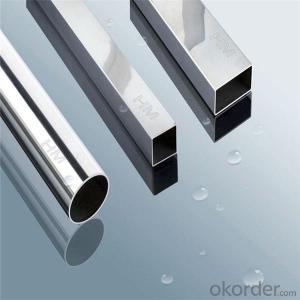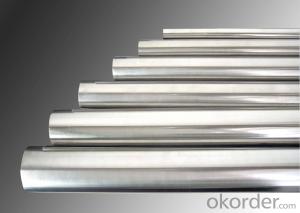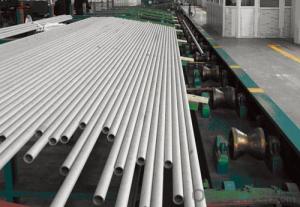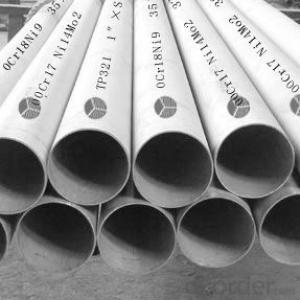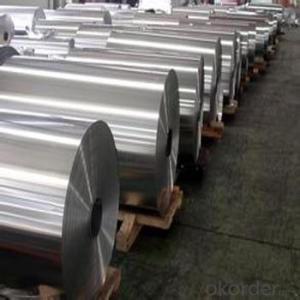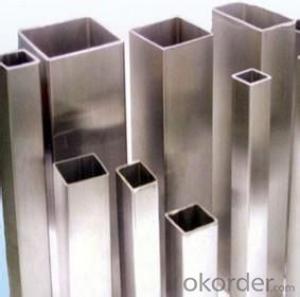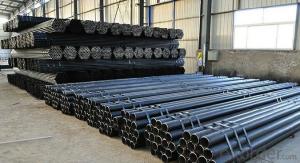2 Stainless Steel Pipe
2 Stainless Steel Pipe Related Searches
Best Paint For Stainless Steel Blanket Insulation For Steel Buildings Primer For Galvanized Steel Foam Filter For Stainless Steel H S Code For Stainless Steel Surface Grinding Wheels For Stainless Steel Surface Grinding Wheels For Hardened Steel Hole Saw For Stainless Steel Paint For Stainless Steel Stainless Steel For BbqHot Searches
Steel Mesh Panels For Sale Price For Stainless Steel Scrap Scrap Price For Stainless Steel Price For Stainless Steel Stainless Steel Tank For Sale Stainless Steel Sheets For Sale Cheap High Tea Sets For Sale Stainless Steel Tanks For Sale Stainless Steel For Sale High Density Fiberboard For Sale Solar Hot Water Collectors For Sale Scaffolding For Sale In Uae Scaffolding For Sale In Ireland Scaffolding For Sale In Houston Type Of Inverter For Solar Price Of Shipping Containers For Sale Types Of Inverter For Solar Stock Price For Aluminum Used Solar Inverter For Sale Steel Mesh Panels For Sale2 Stainless Steel Pipe Supplier & Manufacturer from China
Okorder.com is a professional 2 Stainless Steel Pipe supplier & manufacturer, offers integrated one-stop services including real-time quoting and online cargo tracking. We are funded by CNBM Group, a Fortune 500 enterprise and the largest 2 Stainless Steel Pipe firm in China.Hot Products
FAQ
- To prevent galvanic corrosion in stainless steel pipes, it is crucial to avoid direct contact with dissimilar metals. This can be achieved by using appropriate insulation or protective coatings on the pipes, ensuring that they do not come into contact with materials such as copper or aluminum. Additionally, employing dielectric unions or isolating gaskets at the connection points can help to minimize the risk of galvanic corrosion. Regular maintenance, including inspection and cleaning, is also essential to identify and address any potential issues before they escalate.
- The cost of stainless steel pipes can vary depending on several factors. These factors include the size and thickness of the pipes, the grade of stainless steel used, the quantity being purchased, and the current market conditions. Generally, stainless steel pipes are more expensive compared to other materials due to their durability, corrosion resistance, and aesthetic appeal. It is recommended to contact suppliers or manufacturers to get specific pricing information based on your requirements.
- Indeed, stainless steel pipes possess remarkable fire resistance. Renowned for its exceptional heat-resistant qualities, stainless steel emerges as an appropriate material for situations involving elevated temperatures. In the face of fire, stainless steel pipes maintain their robustness and structural stability, thereby reducing the potential for collapse or malfunction. This fire resistance stems from the elevated melting point of stainless steel, which enables it to endure temperatures surpassing those commonly encountered in fires. Moreover, stainless steel does not fuel the propagation of flames, rendering it a secure option for fire protection and containment systems.
- Stainless steel pipes are described by two important measurements: inside diameter (ID) and outside diameter (OD). The inside diameter is the measurement of the hollow space within the pipe where fluids or gases flow. It is typically measured in millimeters or inches. The ID is crucial for determining the pipe's flow capacity and is used in calculations related to fluid dynamics and pressure drop. Conversely, the outside diameter is the measurement of the outermost part of the pipe, including the thickness of the pipe walls. It is also measured in millimeters or inches. The OD is essential for determining the overall size and strength of the pipe. It is often used in calculations related to pipe fittings, support requirements, and compatibility with other components or systems. In stainless steel pipes, the difference between the inside diameter and outside diameter is the thickness of the pipe walls. This thickness is necessary to provide structural integrity and withstand external forces like pressure and temperature. The wall thickness, which is the ratio between the inside diameter and outside diameter, plays a significant role in determining the pipe's strength and suitability for specific applications. In conclusion, the inside diameter measures the inner part of the stainless steel pipe, while the outside diameter measures the outer part, including the thickness of the pipe walls. Understanding these measurements is crucial for selecting the appropriate pipe size, calculating flow capacity, and ensuring the pipe's overall suitability for the intended application.
- Swimming pool installations can indeed utilize stainless steel pipes. Stainless steel is an incredibly sturdy and corrosion-resistant substance, which renders it appropriate for deployment in swimming pool settings where water and chemicals are consistently present. Stainless steel pipes are renowned for their long lifespan and capacity to endure the demanding conditions of a swimming pool, such as exposure to chlorinated water and high temperatures. Furthermore, stainless steel pipes are effortless to clean and maintain, thereby diminishing the possibility of contamination or obstructions in the pool system. All in all, due to their robustness, corrosion resistance, and durability, stainless steel pipes emerge as a dependable choice for swimming pool installations.
- There are several different grades of stainless steel that are commonly used for pipes, each with their own unique properties and characteristics. The most common grades include: 1. Grade 304: This is the most widely used stainless steel grade for pipes. It offers excellent corrosion resistance, high-temperature strength, and good formability. It is commonly used for both indoor and outdoor applications, such as water supply pipes, food processing equipment, and architectural structures. 2. Grade 316: This grade is similar to 304 but contains a higher content of molybdenum, which enhances its corrosion resistance, especially against chlorides and other corrosive chemicals. It is commonly used in marine environments, chemical processing plants, and medical equipment. 3. Grade 321: This grade contains titanium, which stabilizes it against sensitization during welding or high-temperature exposure. It offers excellent resistance to oxidation and can be used in applications where high temperatures are involved, such as exhaust systems and boilers. 4. Grade 409: This grade is commonly used for pipes in automotive exhaust systems due to its excellent heat resistance and durability. It is also resistant to corrosion from road salts and other harsh chemicals. 5. Grade 347: Similar to grade 321, this grade contains niobium, which provides additional stabilization against sensitization. It is commonly used in high-temperature applications where resistance to intergranular corrosion is required, such as in aircraft and jet engine components. These are just a few examples of the different grades of stainless steel used for pipes. The specific grade chosen for a particular application depends on factors such as the environment, temperature, corrosion resistance requirements, and mechanical properties needed.
- Yes, stainless steel pipes can be used for underground drainage systems. Stainless steel is a durable and corrosion-resistant material that can withstand the harsh conditions often found underground, such as moisture, soil chemicals, and varying temperatures. It is also resistant to rust, which is a common problem in other types of pipes. Additionally, stainless steel pipes have a long lifespan and require minimal maintenance, making them a suitable choice for underground drainage systems.
- Yes, stainless steel pipes are suitable for brewery fermentation tanks. Stainless steel has several properties that make it ideal for use in the brewing industry. Firstly, stainless steel is resistant to corrosion, which is crucial in a brewery environment where the tanks are exposed to liquids such as beer and cleaning chemicals. This resistance to corrosion ensures that the pipes will not rust or contaminate the beer during the fermentation process. Additionally, stainless steel is a hygienic material that can be easily cleaned and sanitized, making it perfect for use in the brewing industry where cleanliness is of utmost importance. The smooth surface of stainless steel pipes also prevents the growth of bacteria and other microorganisms, further ensuring the quality and safety of the beer. Furthermore, stainless steel pipes have excellent heat resistance, allowing them to withstand high temperatures during the brewing process without warping or deforming. This durability and heat resistance make stainless steel pipes suitable for use in the fermentation tanks, where the beer is subjected to specific temperature conditions. Overall, stainless steel pipes provide the necessary durability, corrosion resistance, cleanliness, and heat resistance required for brewery fermentation tanks. They are a reliable and suitable choice for maintaining the quality and integrity of the beer during the fermentation process.

















